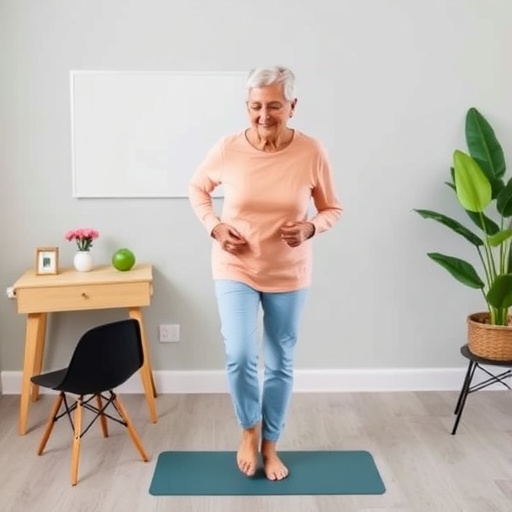CHICAGO – An innovative use for a known drug is showing promise as an effective treatment for preventing postoperative nausea and vomiting (PONV), suggests a study published today in the Online First edition of Anesthesiology, the peer-reviewed medical journal of the American Society of Anesthesiologists (ASA). The drug, amisulpride, showed a statistically significant reduction in the occurrence of PONV, when used intraoperatively in combination with a standard anti-nausea treatment, in the 24 hours after surgery in high risk patients.
"Tens of millions of Americans undergo surgery each year and many suffer with nausea and vomiting after their operation," said lead researcher Peter Kranke, M.D., professor of anesthesiology at the University of Würzburg in Germany. "Post-operative nausea and vomiting contributes to patient distress, can delay recovery after surgery and increases hospital costs. Patients with multiple risk factors for PONV require a multimodal approach for its prevention, including using a combination of anti-nausea drugs with different mechanisms of action, since it cannot be predicted which pathway(s) will be active in a patient."
Risk factors for PONV include being female, having a prior history of PONV or motion sickness, nonsmokers and those expected to use opioids after surgery for pain. Without effective preventive treatment, nausea and/or vomiting in the 24 hours after surgery may occur in 60 to 80 percent of patients with at least three of the recognized risk factors.
Currently, drugs from the serotonin 5-HT3 and corticosteroid classes are most commonly administered intraoperatively to prevent nausea and vomiting after surgery. However, "safe and effective anti-nausea drugs from other classes are needed to complement these," Dr. Kranke said.
Amisulpride works by blocking dopamine signaling in the body. Similar dopamine-blocking drugs were once previously used to prevent and control nausea and vomiting after surgery but are now avoided because irregular heart rhythms and drug-induced movement disorders occurred with their use. Amisulpride appears to be as effective as the previously used drugs in that class, but without the safety concerns, the authors note.
The study included 1,147 adult patients undergoing elective surgery under general anesthesia, who had three or four PONV risk factors. Patients were randomly assigned to receive either 5 milligrams of amisulpride intravenously or a placebo at the beginning of receiving general anesthesia, in addition to another anti-nausea drug.
Researchers found 58 percent of patients receiving amisulpride had a complete response — defined as no vomiting or need for fast-acting medication to relieve vomiting — in the 24 hours after surgery, compared with 47 percent of those receiving the placebo. Overall, vomiting (14 percent amisulpride vs. 20 percent placebo), any nausea (50 percent amisulpride vs. 58 percent placebo), significant nausea (37 percent amisulpride vs. 48 percent placebo), and those requiring fast-acting medication to relieve vomiting (41 percent amisulpride vs. 49 percent placebo) were significantly lower in the amisulpride group. Adverse events occurred no more frequently with amisulpride than with placebo.
The researchers concluded a low dose of intravenous amisulpride is safe and effective in preventing PONV when given in combination with an anti-nausea drug from another class to high-risk adult patients undergoing elective procedures. "This could enable improved control of PONV and allow for earlier mobilization and discharge of surgical patients," Dr. Kranke said.
Amisulpride is currently under review by the U.S. Food and Drug Administration. According to the authors, amisulpride has been used orally – in much larger doses than the intravenous dose used to prevent PONV in the current study – in European patients for 30 years to manage psychosis.
###
THE AMERICAN SOCIETY OF ANESTHESIOLOGISTS
Founded in 1905, the American Society of Anesthesiologists (ASA) is an educational, research and scientific society with more than 52,000 members organized to raise and maintain the standards of the medical practice of anesthesiology. ASA is committed to ensuring physician anesthesiologists evaluate and supervise the medical care of patients before, during and after surgery to provide the highest quality and safest care every patient deserves.
For more information on the field of anesthesiology, visit the American Society of Anesthesiologists online at asahq.org. To learn more about the role physician anesthesiologists play in ensuring patient safety, visit asahq.org/WhenSecondsCount. Like ASA on Facebook; follow ASALifeline on Twitter.
Media Contact
LaSandra Cooper
[email protected]
847-268-9106
@ASALifeline
http://www.asahq.org/
http://dx.doi.org/10.1097/ALN.0000000000002133




